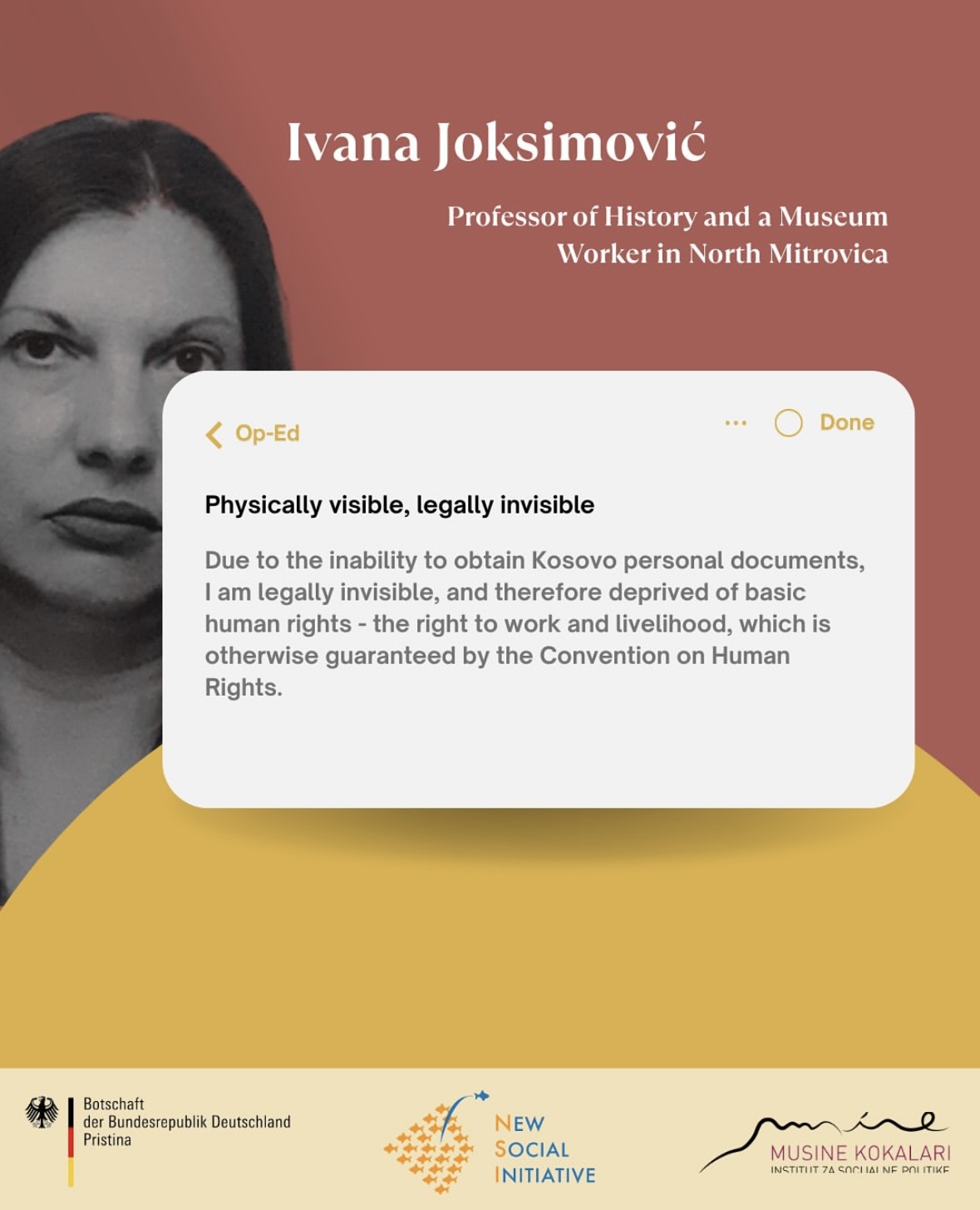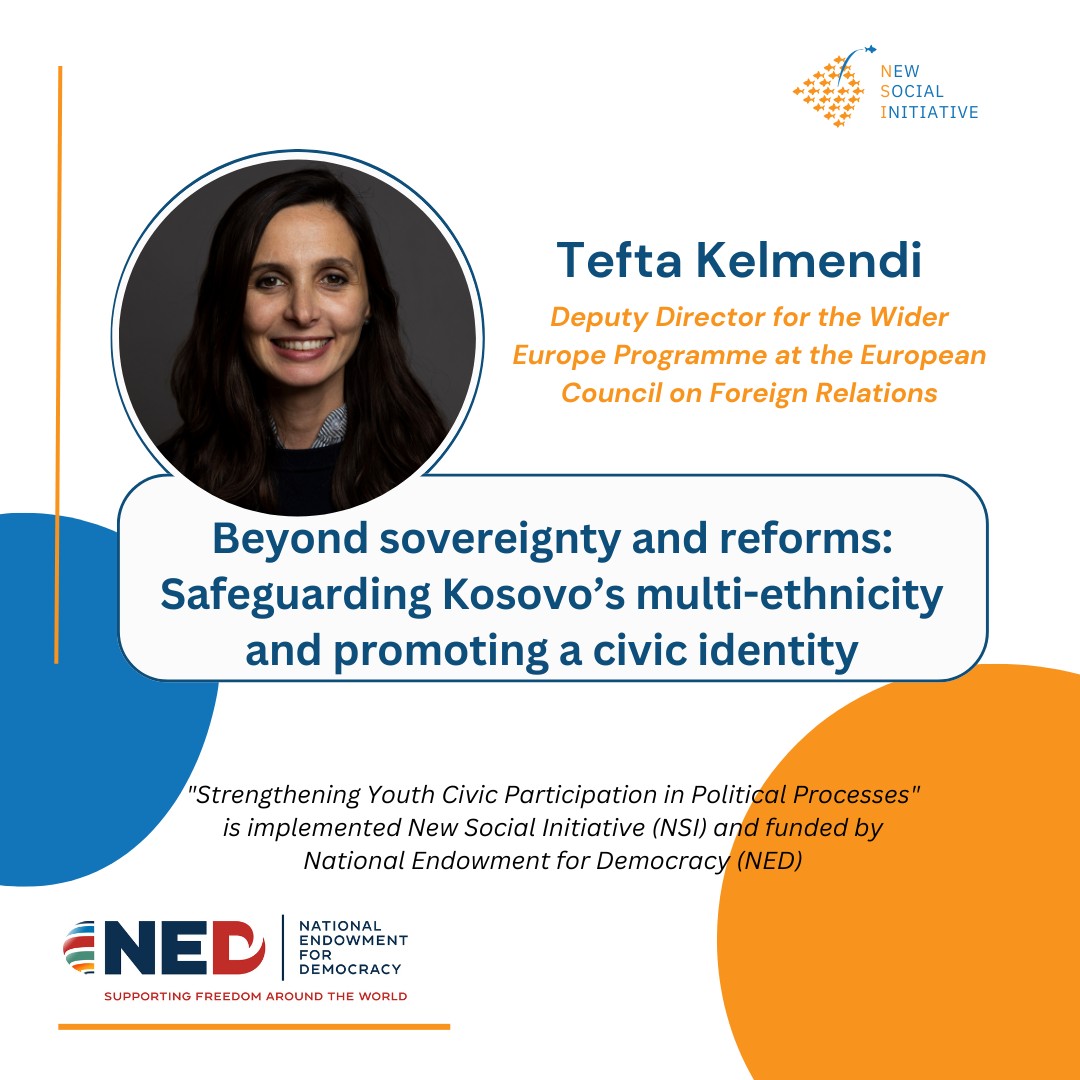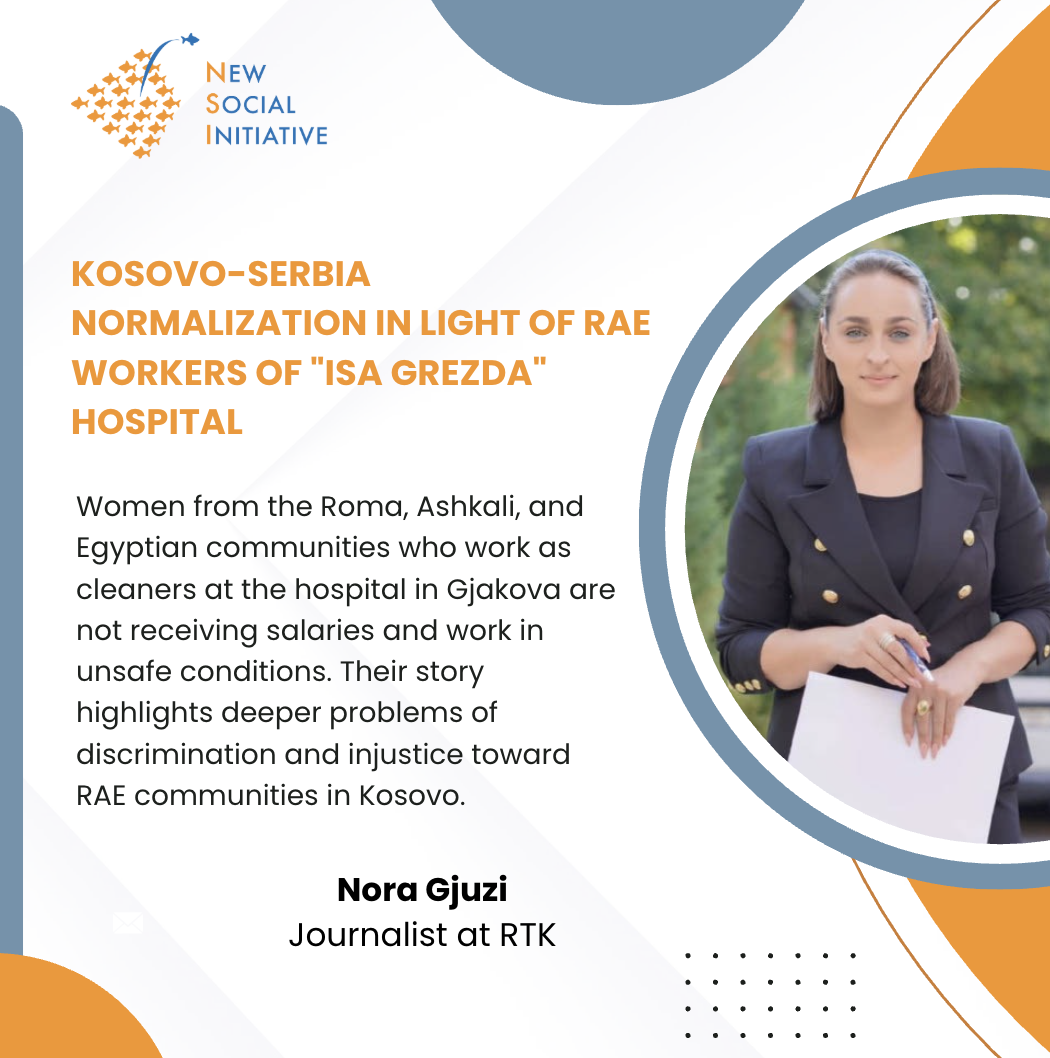Unseen boundaries: the de facto realization of ethnic delineation in Kosovo
Although brought to prominence during 2018 and 2019, the idea of a possible territorial delineation between Belgrade and Pristina has receded into history due to significant international opposition. The „internal dialogue“ initiated by the President of Serbia, driven by a desire to arrive at a creative solution regarding Kosovo’s proclaimed substantial autonomy within Serbia, concluded inconclusively. The proposal for “delineation” lacked clarity regarding its implications and failed to garner sufficient domestic and international support.
However, the idea of partition, delineation, or territorial exchange resurfaces in the absence of any hope or belief in improved Serbian-Albanian relations. Like a phoenix, it emerges in various forms precisely where it is most condemned and suppressed—even among those who most vehemently oppose it. Paradoxically, the current government in Kosovo, which based its agenda on opposing border changes and, at least declaratively, advocating for the concept of a civic society, has revived this idea more prominently than ever. Yet, this delineation differs significantly from the “conventional” iterations discussed over the past 30 years. It pertains to delineation in the minds and hearts of ordinary people living in Kosovo, grounded in ethnic divisions.
Recent events in Kosovo have awakened two deep-seated fears. On the Serbian side, the concern is that, regardless of any potential international guarantees or Pristina’s eventual willingness to establish the Association of Serb-Majority Municipalities, Albanians will never genuinely support granting Serbs special rights within Kosovo. On the Albanian side, there is a fear that, despite the reign of intimidation in northern Kosovo, Serbs will never become loyal citizens willing to embrace the Kosovar system. In such circumstances, delineation unfolds under its worst possible scenario. The outcomes mirror those anticipated in earlier proposals for partition, albeit without the territorial dimension. In the following paragraphs, I will outline the primary negative consequences associated with delineation proposals and illustrate how these consequences are materializing, despite the setting aside of territorial exchange.
The first threat posed by implementing any delineation model is population displacement. Despite a shift in approach brought about by the Franco-German proposal, which emphasizes securing self-governance for the Serbian community in exchange for Kosovo’s membership in international organizations, two years of discriminatory measures by the Kosovar government against the Serbian community in the north have led to mass emigration. Driven by a lack of prospects, many Serbs are seeking more peaceful places to live, primarily for the benefit of future generations. Various estimates suggest a population decline of approximately 15%, which is a substantial loss for an already small community. In this manner, the silent yet steady realization of the partition proponents’ vision—creating two monoethnic entities—is occurring. With 93% of Kosovo’s population being Albanian, the society is steadily losing its ethnic diversity.
The second threat tied to delineation or territorial partition is that the Serbian community, particularly in central Kosovo, would lose the rights it currently enjoys. However, the record of the past two decades demonstrates that, beyond the promised Association of Serb-Majority Municipalities, the Serbian community regularly faces violations of guarantees under the Ahtisaari Plan, ranging from the right to use their language to substantial local self-governance. Combined with ethnically motivated attacks and the expropriation or usurpation of property, it is evident that the Serbian community south of the Ibar River is marginalized, even without formal delineation.
A third frequently raised issue concerns the differing experiences of Serbs living in the north compared to those in central and southern Kosovo. It is clear that the current pressure is more intense in the north than in other areas of Kosovo, although the sense of vulnerability is shared across the Serbian community. In its efforts to fully control the north, Pristina has diminished any chances of voluntary integration for Serbian citizens. On the contrary, these actions likely fuel the aspirations of those who believe there is no future for Serbs within Kosovo. This is evident in the growing support for delineation, even among those living south of the Ibar River, despite its low popularity in the past.
Finally, threat related to delineation is the potential for regional instability and the emergence of new bilateral disputes. It is evident that unresolved bilateral issues in the Western Balkans perpetuate insecurity and uncertainty, despite the offered Euro-Atlantic perspective. The lack of agreement among political elites in Bosnia and Herzegovina, the prolonged stagnation of North Macedonia’s European integration due to its bilateral dispute with Bulgaria, the continuing identity divisions despite the democratic transition in Montenegro, and the simmering conflict between Serbian and Albanian sides illustrate a region in stagnation, losing any prospect of providing a better quality of life for its inhabitants.
In conclusion, delineation is, in effect, being realized, as all the adverse side effects once attributed to its implementation are unfolding. The only missing element is the formal “demarcation of new borders.” Consequently, one could argue that this represents delineation in a novel way—perhaps under Kurti’s vision—achieving ethnically homogeneous territories without borders adjustment.










